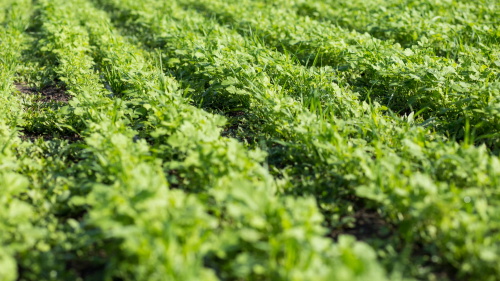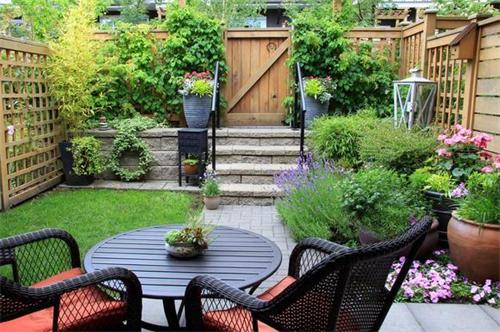
Cover crops and green manures—often called “living mulches”—are plants grown not for harvest but to enrich and protect garden soil. By adding organic matter, fixing atmospheric nitrogen, suppressing weeds, curbing erosion, and fostering beneficial soil organisms, these crops lay the foundation for healthier, more productive gardens. Understanding the right species, planting times, and incorporation methods enables gardeners to seamlessly integrate cover crops into crop rotations and off-season periods, ensuring sustained soil renewal and bountiful harvests.
What Are Cover Crops and Green Manures?
Cover crops are plants sown to cover bare soil, preventing degradation and enhancing soil health; when these crops are turned into the soil, they become green manures, supplying nutrients and organic matter to subsequent plantings. The terms are often used interchangeably, yet the distinction lies in their end use: cover crops protect and enrich, while green manures actively nourish when incorporated.
Benefits for Soil Health
● Organic Matter Accumulation: As cover crops grow, they add biomass both above and below ground. When incorporated, this biomass decomposes into humus, improving soil structure and water retention.
● Nitrogen Fixation: Leguminous cover crops (e.g., clover, vetch, peas) harbor symbiotic bacteria that convert atmospheric nitrogen into plant-usable forms, reducing reliance on synthetic fertilizers.
● Weed Suppression: Fast-growing species like rye or buckwheat outcompete weeds for light and nutrients, decreasing weed pressure in future crops.
● Erosion Control: Living plant cover shields soil from wind and water erosion, preserving topsoil and preventing nutrient loss.
● Disease and Pest Management: Some cover crops disrupt pest and disease cycles by acting as biofumigants or by breaking host-specific disease life cycles.
Choosing the Right Crops
Gardeners should select species based on season, soil goals, and desired benefits:
● Legumes: Crimson clover, red clover, hairy vetch, and field peas fix nitrogen and add moderate biomass.
● Grasses and Cereals: Annual ryegrass, cereal rye, oats, and wheat provide rapid ground cover and excellent erosion control; they decompose more slowly, contributing substantial organic matter.
● Broadleaf Non-Legumes: Buckwheat scavenges phosphorous and attracts pollinators; mustard acts as a biofumigant against soil pathogens.
● Mixtures: Combining legumes and non-legumes balances rapid biomass production with nitrogen fixation, maximizing soil-renewal benefits.
Planting and Incorporation Techniques
Timing and Sowing
● Off-Season Planting: Sow cover crops in late summer or fall after main crops are harvested; many gardeners seed in mid-October after first frosts to establish growth before winter dormancy.
● Seedbed Preparation: Lightly till or rake to create a firm, weed-free seedbed. Broadcast seeds at recommended rates—e.g., 1–2 lb per 1,000 ft² for buckwheat, 15–20 lb per acre for crimson clover—and gently incorporate into topsoil.
Incorporation as Green Manure
● Mowing and Mulching: Cut the cover crop at flowering to prevent seed set, leaving residue on the surface as mulch.
● Tilling In: Dig or till green manures into the top 4–6 inches of soil and allow 4–6 weeks of decomposition before planting the next crop to avoid nitrogen lock-up.
● No-Till Options: For minimal soil disturbance, use roller-crimpers to flatten cover crops and plant directly into the residue, preserving soil structure and moisture.
Incorporating cover crops and green manures transforms depleted garden beds into vibrant, fertile soil ecosystems. By choosing the right species, timing sowing and incorporation carefully, and weaving them into garden rotations, gardeners can sustainably build organic matter, cycle nutrients, suppress weeds, and protect against erosion. Embracing these living mulches is both an art and a science—and the key to continually renewed soil health and more bountiful harvests.
Recommend:

Cappadocia Balloon Ride: Cost & Info You Need To Know

Historic Charm: The Savoy Hotel, London's Timeless Gem

Why Less Passive Income Can Make Your Life Better?

Cultivating Your Patio Paradise: Cleaning, Sealing, and Styling a Green Oasis

